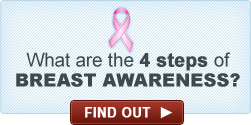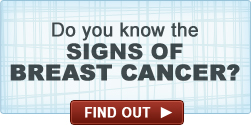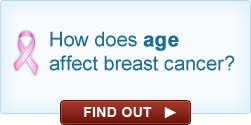This story was co-authored by Komen Austin Affiliate Director of Mission Services, Monica Saavedra.
Since we still do not know how to prevent breast cancer, early detection is the most powerful tool in reducing mortality from the disease. Research shows that, when the cancer is confined to the breast, the five year survival rate of a person diagnosed with breast cancer is 98 percent. Yet for many people, the cancer is not detected until after it has spread beyond the breast, increasing the complexity of treatment and reducing the odds of survival.
National research findings over the past decade have dramatically increased our ability to detect cancer before it has spread. These findings are encouraging women and the broader community to adjust their approaches to breast health and detecting cancer, by learning to be breast self-aware and encouraging men and women to be their own breast health advocates. By disseminating education and initiatives throughout the medical and social communities, the
Austin Affiliate of Susan G. Komen for the Cure’s educational outreach and grant making efforts will help all Central Texans know what it means to be “breast aware.”
View our interactive video on Breast Cancer Survival Rates
Komen Austin Affiliate’s leadership, advocates, grants and community outreach will facilitate overall breast self awareness in order to reduce breast cancer mortality in Central Texas. To meet this goal, we work on several fronts:
- Funding local breast health providers/organizations that can offer FREE breast cancer exams to women in our 5 county service area.
- Disseminating accurate, up-to-date, culturally appropriate, and easy to understand breast health information to the community via a variety of avenues.
- Collaborating with local providers and the medical community to assure that men and women have access to low cost or free breast health exams.
Grants to local breast health providers
Since 1999, the Austin Affiliate of Susan G. Komen for the Cure has been hard at work here in the Austin area raising money to provide local nonprofit organizations with grants for FREE breast cancer screening, education and medical services as well as financial and emotional support to uninsured and underinsured men and women. These organizations speak to the heart of Komen Austin Affiliate’s mission, which is to save lives and end breast cancer forever. In 2010 our grantee recipients were able to provide over 2,200 free mammograms, over 1,900 diagnostic procedures, 45 treatment services, and over 1,400 women received patient navigation services. This network of providers helps us assure that men and women in the 5 counties we serve will not go without breast health services. In addition to the breast health services mentioned, grantees also serve as educators by providing the community with breast health education, motivate the community to access screening, represent Komen Austin Affiliate at different functions, and serve as all around breast health advocates.
Disseminating accurate and up to date information
For many years, patients have relied on breast self-exams as the first line in early detection. In the last decade, however, science has not only identified opportunities to detect breast cancer even earlier, but has also taught us about the importance of being breast self aware. While mammography is still the most accurate way to detect breast cancer early, every minute counts in detecting and treating breast cancer. For this reason, we must all be aware of what we can do about our breast health.
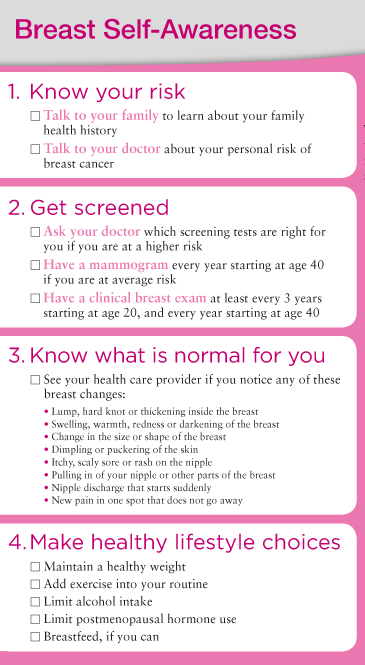
We know that by the time a woman can detect a breast cancer tumor through a breast self-exam, that tumor has grown significantly. For this reason, since the late 60’s, mammography has been the preferred method of early detection, and continues to be the most effective today. However, this does not mean that a woman or man has to wait until it is their turn for an annual mammogram or check up if they believe something is not right with their body. We encourage all community members to be proactive and learn about their bodies, so if they sense something is wrong, they can get it looked at right away. With this said, a mammogram, a clinical breast exam, and a breast self-exam, together with 3 other action steps are the best tools to assist us with implementing these findings.
National research efforts have created a much more comprehensive approach to the early detection of breast cancer that makes breast self-exams only one element of a four-part breast health checklist.
- First Action Step: Know your risk
The first step in knowing your risk is talking to your family about your family health history. This is a critical first step in being breast self-aware, because the more you know about your family history the better your chances are for reducing breast cancer risk. For example, finding out that your mother, sister, aunt or uncle have had breast cancer, ovarian cancer or prostate cancer, means that you should have a mammogram before the age of 40. This is because breast cancer, ovarian cancer, and prostate cancer has a hereditary component that increases breast cancer risk. Providing your physician with this information can help you both make an informed decision about when to get screened. - Second Action Step: Get screened
Once you have gathered your family health history, and have spoken with your physician, it is important to discuss the screening exams. The two exams that are critical to breast cancer screening include: a clinical breast exam, which is a tactile exam performed annually by a nurse or physician, for women of average risk over the age of 20, and a mammogram, which is an annual x-ray exam for women over 40 with average risk. - Third Action Step: Know what is normal for you
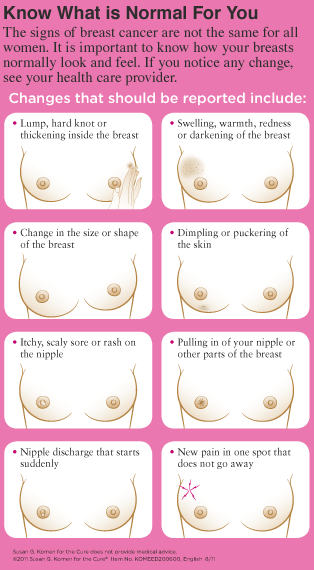 Because six of the eight signs or symptoms of breast cancer are visual and not tactile, this new checklist encourages women to be aware of their bodies and overall health, recognizing even subtle changes that might prompt medical attention. These changes can be observed through a simple tactile breast self-examination and by standing in front to the mirror.
Because six of the eight signs or symptoms of breast cancer are visual and not tactile, this new checklist encourages women to be aware of their bodies and overall health, recognizing even subtle changes that might prompt medical attention. These changes can be observed through a simple tactile breast self-examination and by standing in front to the mirror. - Fourth Action Step: Make healthy lifestyle choices
This step allows both women and men to take an active role in reducing their breast cancer risk. Many recent studies have shown that maintaining a healthy weight, adding exercising into one’s daily routine, limiting alcohol intake and postmenopausal hormonal use, and breast feeding if possible will reduce breast cancer risk.
These 4 steps are a result of the research that Komen has done in the last decade and are part of a comprehensive breast health approach to being breast self aware.
Collaborations with Local Providers and the Medical Community
In addition to the network of grantees, Komen Austin Affiliate works with local for profit health care providers to assure that any gaps in service are addressed either by encouraging partnerships with grantees for the purpose of referrals and/or through negotiation of rates that will allow for a greater number of community members to be served. These partnerships are critical to the expansion of services in rural areas as well as increasing the number of mobile screenings to ensure that all women can benefit from breast awareness and detection technologies.
One new initiative that Komen Austin Affiliate is working on this year that involves the medical community is called "Doctors for the Cure". This program enlists breast health doctors in the service area to become part of a group that will assist in fundraising and educating the community for breast health.
In addition to these partnerships, Komen Austin Affiliate’s board members are also on the front line of breast cancer advocacy and participate actively in our community role in fighting breast cancer. We have a vibrant board of doctors, lay-persons, and cancer advocates, as well as patients, who represent a strong bridge to breast self-awareness for the community as a whole.
Providing accurate information as well as pro-actively disseminating that information is key, and we do so at all levels of awareness, including medical practitioners, community advocates, and patient navigators. Supporting the dissemination of this information to the community at large on a daily basis is one of our commitments to Austin and its surrounding counties.
We live here. We race here. We save lives here.
Each of these initiatives is critical to promoting broad adoption of breast health awareness and reducing breast cancer mortality. Komen Austin Affiliate is committed to helping every person in Central Texas have access to the resources, support and skill to be his or her own "best breast advocate."
We’re best known for our annual race; the Susan G. Komen Race for the Cure, with most of the proceeds from the Austin Race staying in our local community to provide daily benefits. Seventy-five percent of every dollar raised locally stays in the community, with the remaining 25 percent directed toward national research.
We believe the race for the cure never ends, and the more we’re equipped to run that race, the better off we all are in battling breast cancer and winning.





